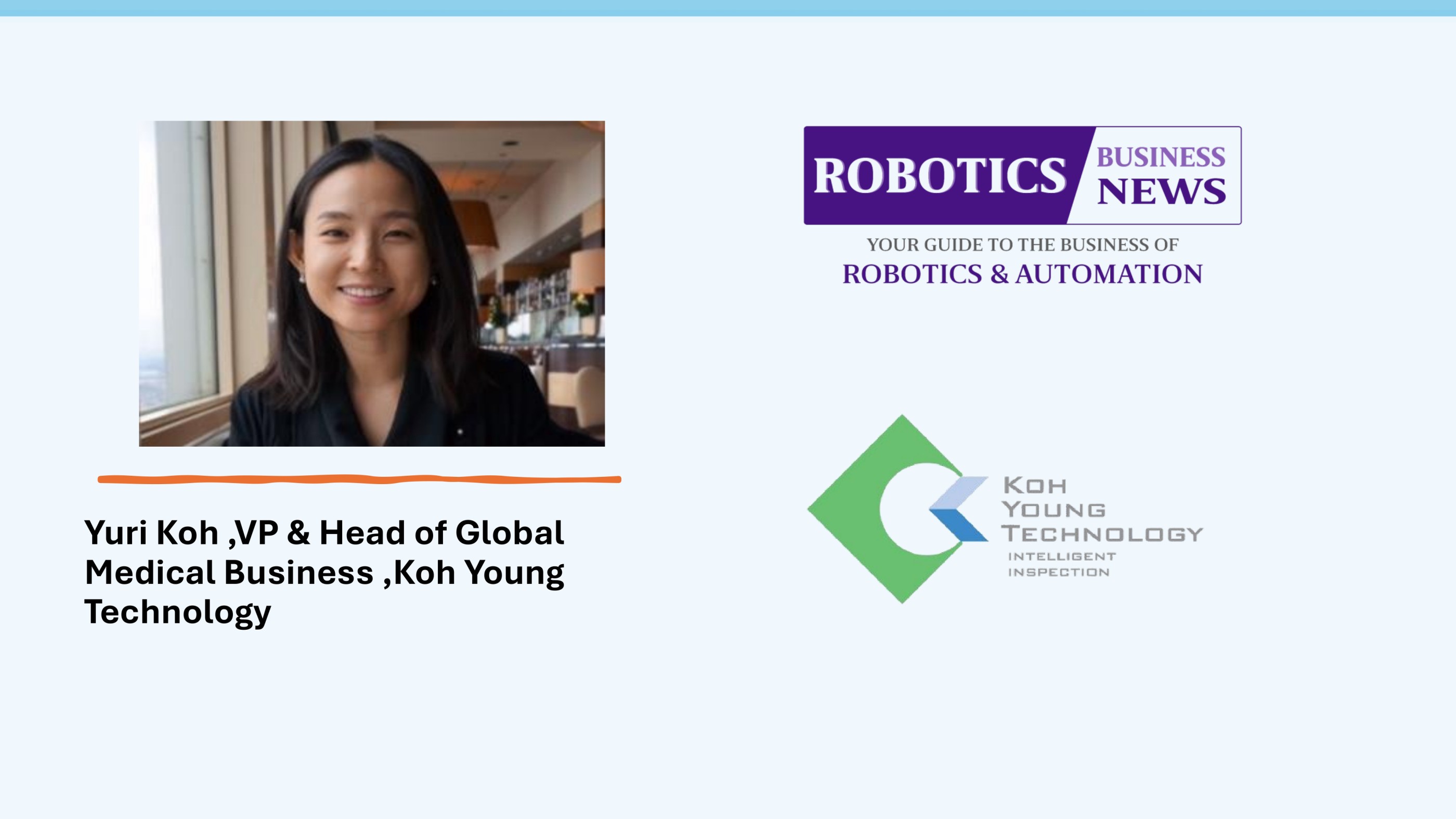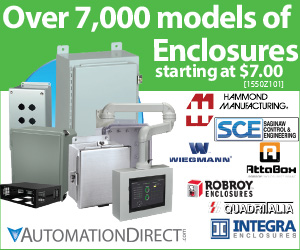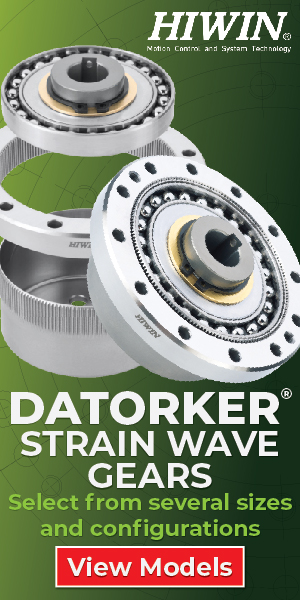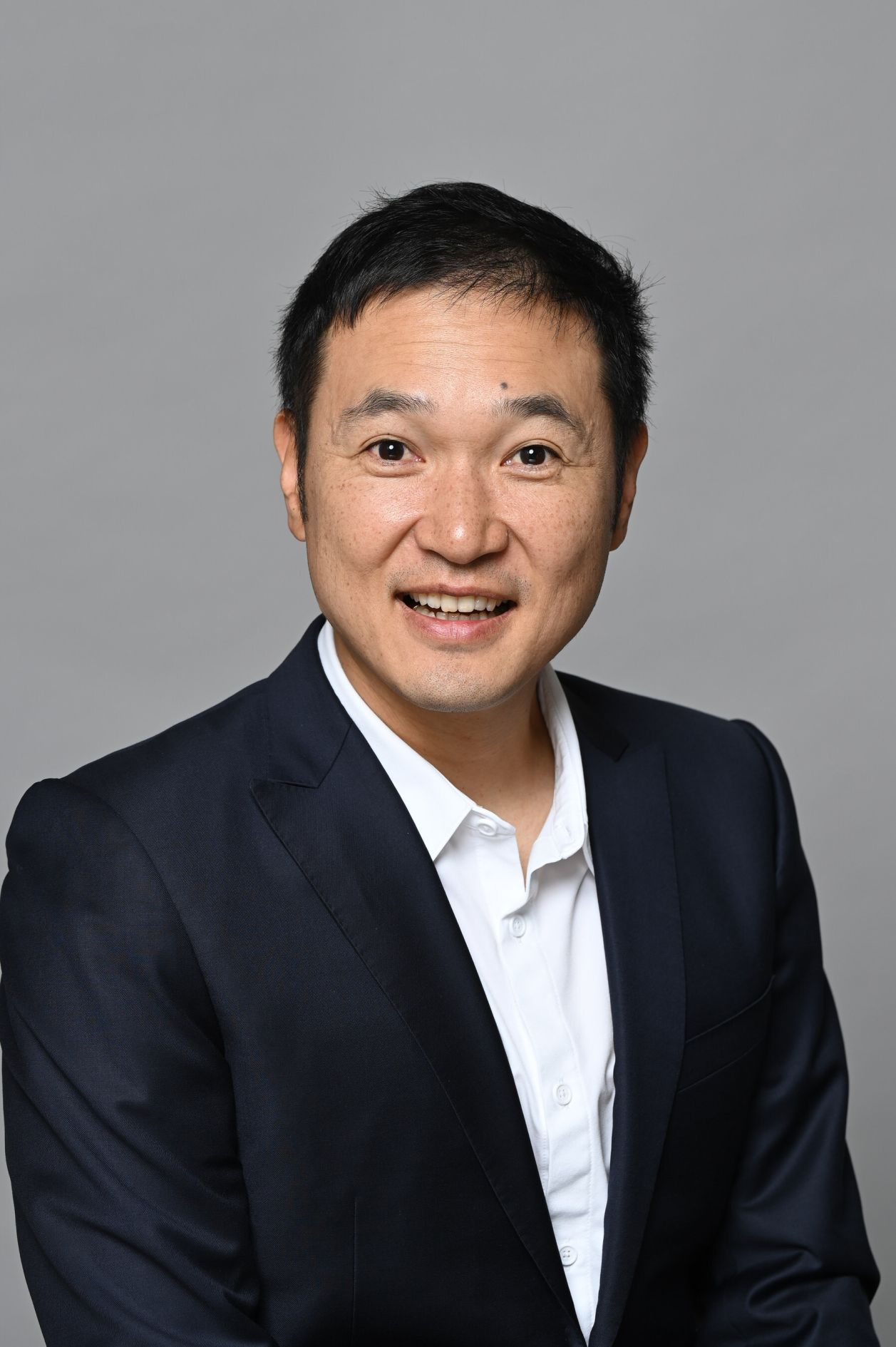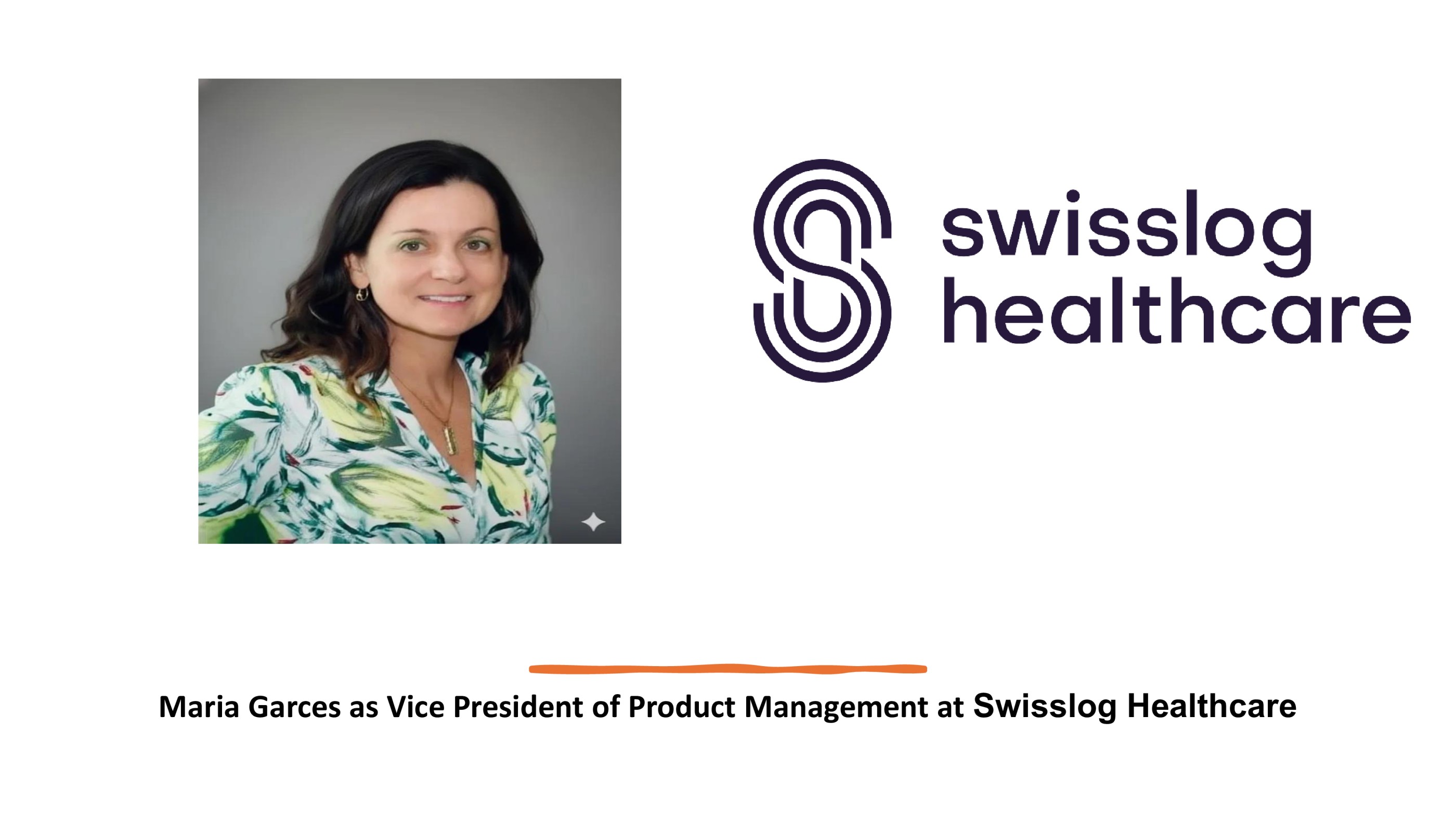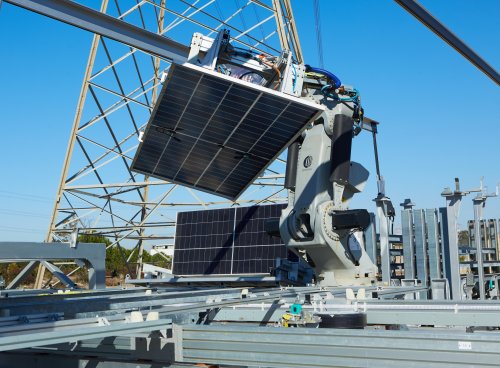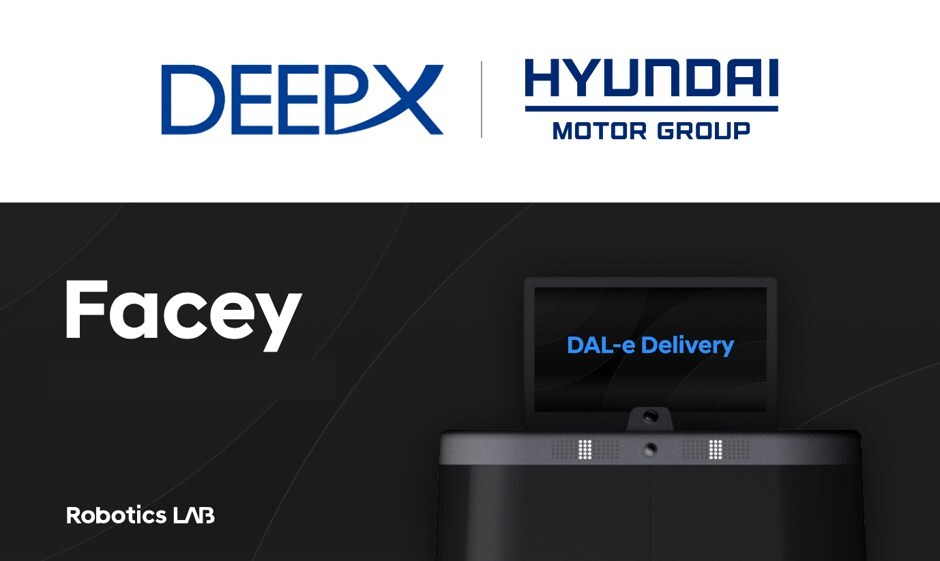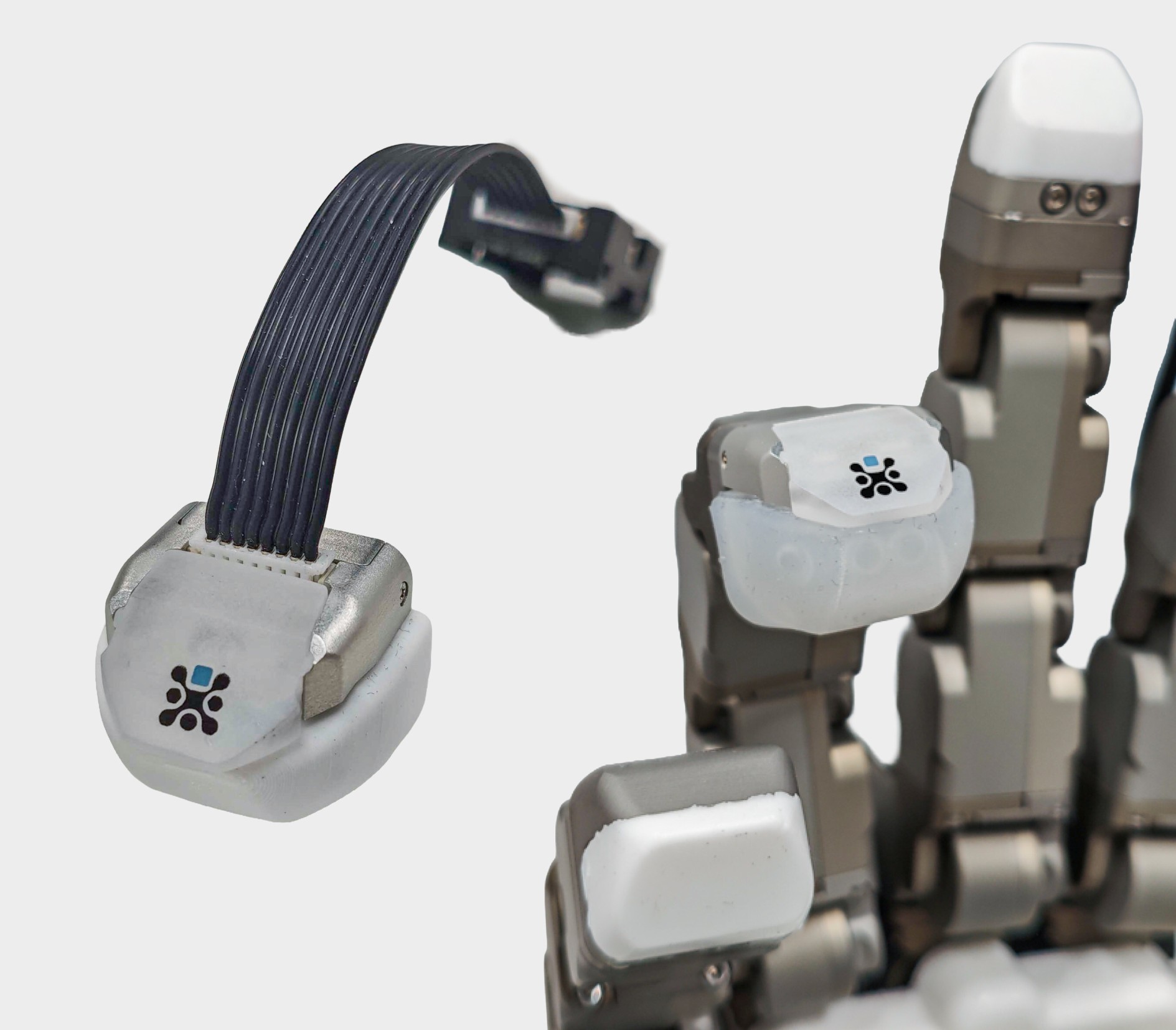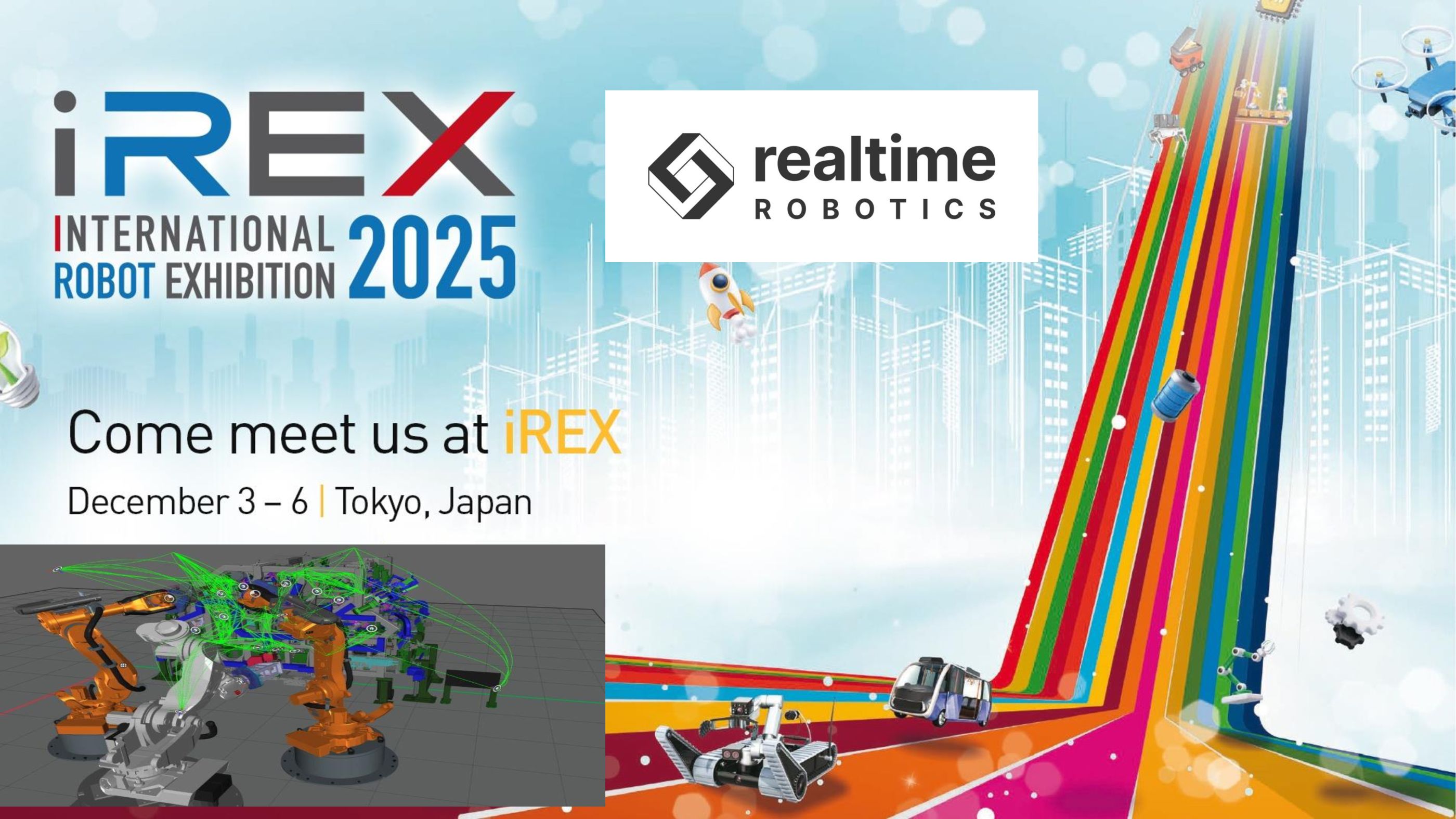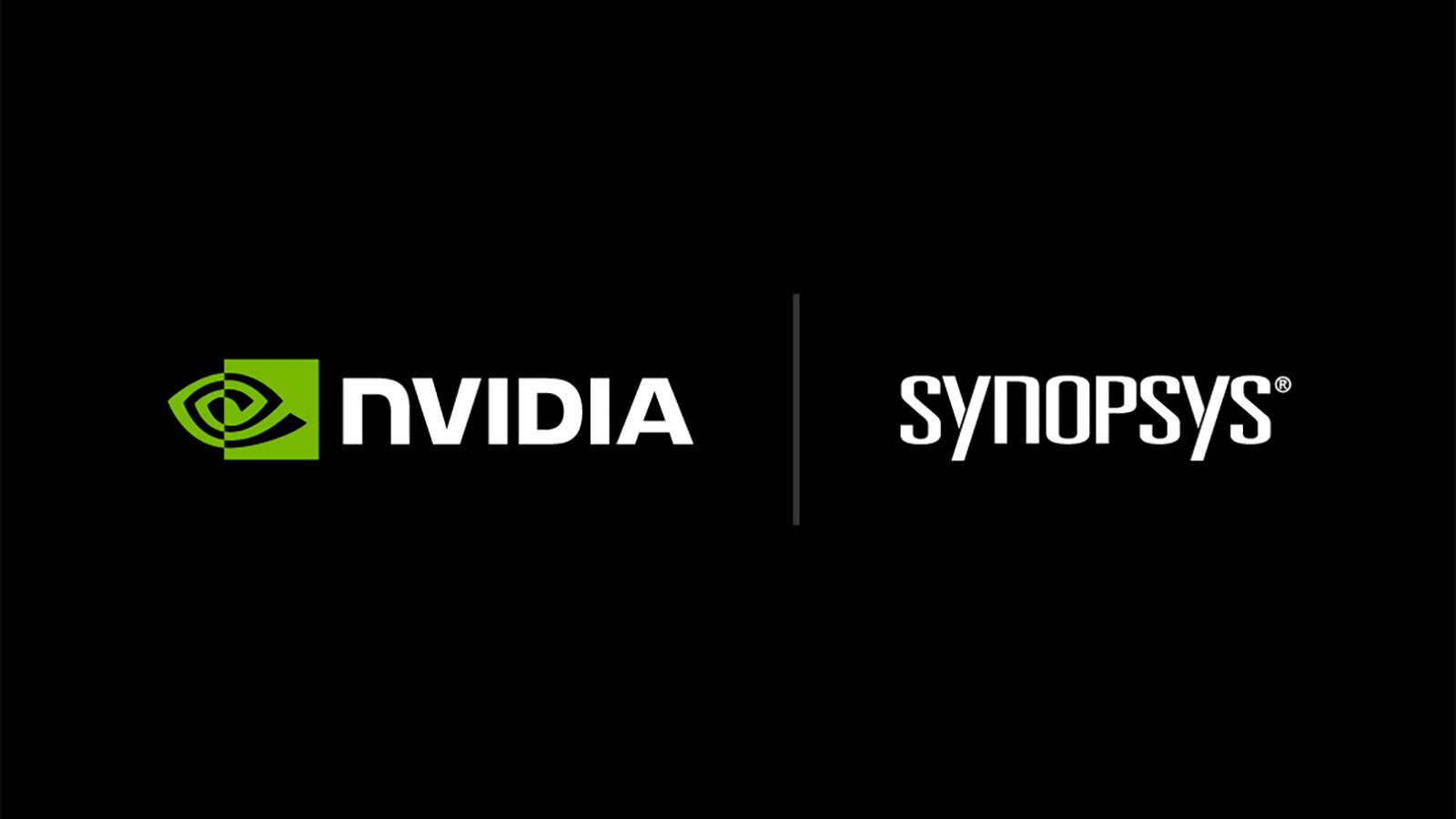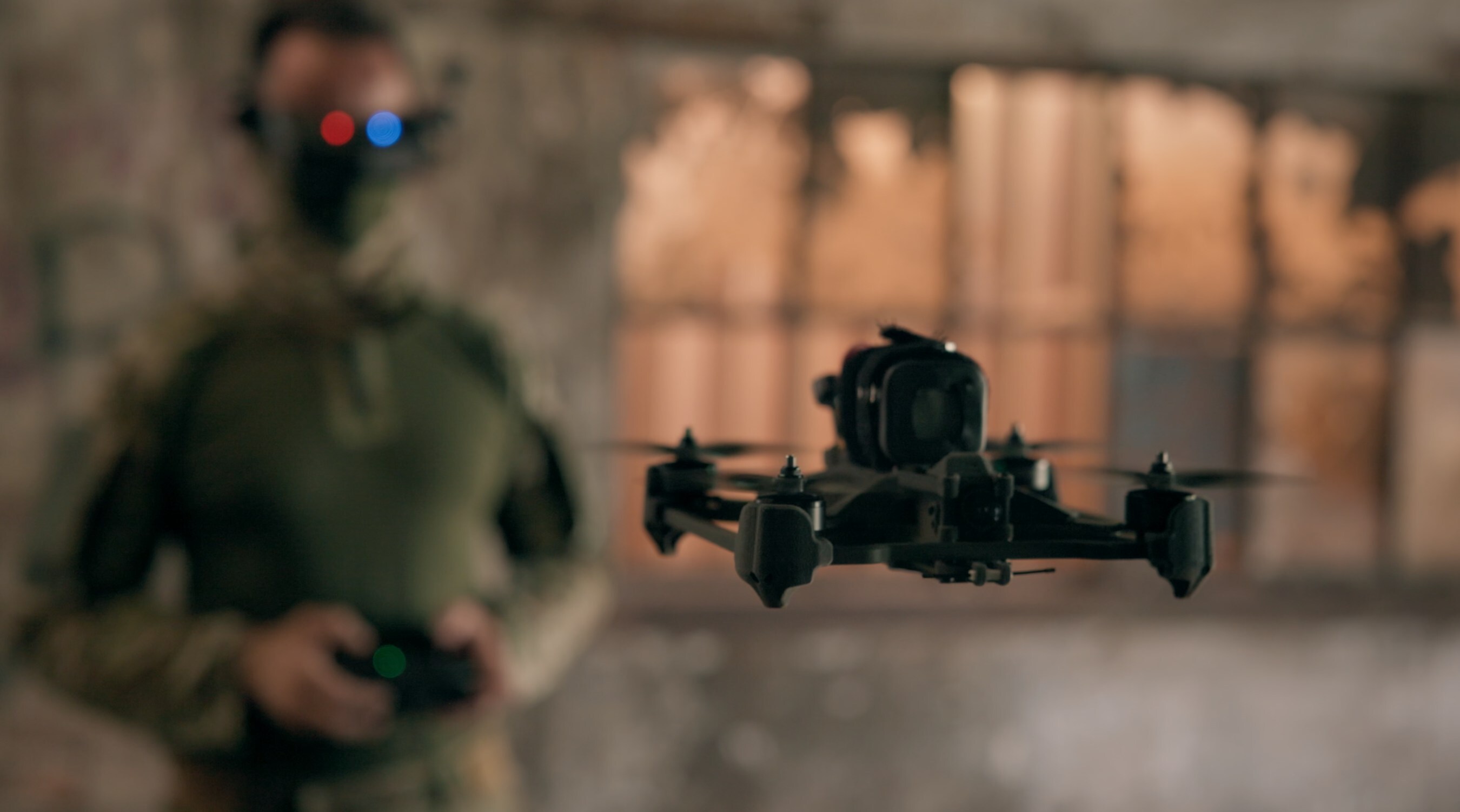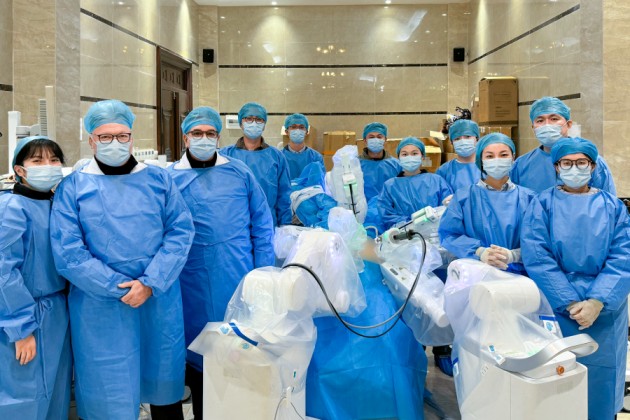Yuri Koh Outlines Koh Young Technology’s Strategic Breakthrough with the Geniant® Cranial Neurosurgical Robotics Platform
21 November 2025 | Interaction | By editor@rbnpress.com
In this Robotics Business News interview, Yuri Koh—VP and Head of Global Medical Business at Koh Young Technology—explains how proprietary 3D navigation and purpose-built robotic design are reshaping neurosurgical precision and workflow efficiency.
In this exclusive Robotics Business News interview, Yuri Koh, VP and Head of Global Medical Business at Koh Young Technology, provides an in-depth look at the engineering breakthroughs behind the Geniant® Cranial neurosurgical robotics platform. Developed entirely in-house, the system features a proprietary 3D optical navigation engine, a compact under-table robotic design, and workflow-enhancing innovations aimed at improving precision, safety, and operating room efficiency. Koh discusses the motivations behind the platform, lessons from clinical use, the impact of FDA clearance, and how Koh Young plans to expand its role in next-generation neurosurgical robotics.
What advancements does the Geniant® Cranial robot offer over previous models?
We’re innovating a new standard for a navigated neurosurgical robotics platform that supports complex, minimally invasive brain procedures requiring high accuracy and precision. And we got here by doing things fundamentally differently.
To start, we didn’t acquire existing technology and adapt it to a disease category market. We were intentional from day one. Our team designed, developed, and built Geniant Cranial from the ground up—specifically for brain surgeries treating conditions like Parkinson’s disease and epilepsy that demand precise targeting. And we didn’t stop at precision. We asked ourselves: how do we integrate seamlessly into existing operating rooms while transforming surgical performance? To that question, we focused on improving accuracy, enhancing ease of use, and reducing operating time, which we believe would ultimately drive better patient outcomes.
What makes Geniant Cranial truly unique is our unprecedented way of delivering real-time guidance, or navigation. Unlike most systems that rely heavily on third-party tracking, we took a different approach and developed our in-house, proprietary solution. We call it 3D Vision Technology, and it represents a novel design approach intended to support reliable optical tracking. We believe our custom-designed navigation camera and marker system can help set a new standard for navigation accuracy and reliability.
Then there’s our robot, which is purposefully designed to safeguard patient safety and integrate seamlessly, efficiently into the operating room. Unlike traditional robotic systems that are often constrained by their size—large footprint that interferes with surgeon workflow or creates instability due to the distance between the robot and the patient—Geniant Cranial features a compact footprint and fits under the surgical table. It is positioned close to the patient’s head. The robotic arm rotates around the patient's head in an arc-like movement, engineered to minimize collision risk while supporting safety and precision.
How does the robot improve precision in neurosurgical procedures?
To understand how we're improving precision in neurosurgery, you need to know the Geniant® by Koh Young story—because where we come from explains how we’re transforming neurosurgery.
Koh Young is a global leader in reliable optomechatronic solutions. We've pioneered True3D™ measurement-based inspection technology since 2002, establishing ourselves as an industry trailblazer in precision optical systems. Our entrepreneurial spirit has always been about redefining standards and resetting paradigms. Moreover, we are driven by a deep passion to improve human life. So when we asked ourselves: how can we apply what we do best and deliver positive impact—we naturally turn to healthcare. More importantly, brain procedures.
We chose to start in neurosurgery not because it's easy, but because it's one of the most demanding areas of medicine, with absolutely no room for error. We saw an opportunity to bring next-generation precision to life-saving procedures.
What makes our navigated neurosurgical robotics platform, Geniant Cranial, unique is our proprietary optical tracking technology. Our custom-designed navigation camera and marker system is built on the same True3D principles we developed in our core industry—designed specifically to deliver the kind of critical accuracy brain surgery requires.
What design features enhance its usability for surgeons?
Designing with a user-centered mindset has been our focus from the very beginning. We put surgeons, healthcare teams, and patients at the center of every decision—because great technology means nothing if it doesn’t work seamlessly with the realities of the operating room.
The result is Geniant Cranial, an ergonomically designed navigated neurosurgical robotic system that supports high-precision, high-accuracy brain procedures. The system is comprised of two main components, a navigation console and a robot.
First, our compact robot footprint. Geniant Cranial fits directly under the surgical table, which means seamless integration into existing operating rooms without the spatial challenges often associated with larger systems. We want to ensure that our system doesn’t compete for valuable space that surgical teams need to work effectively.
Second, our robotic arm operates on an arc-like motion principle. This isn’t just about mechanics—it’s about safety and accuracy. The design, which enables the robotic arm to rotate smoothly around the patient’s head at a safe distance, inherently reduces collision risk while maintaining precision. For surgical teams working in high-stakes environments, this kind of thoughtful engineering directly translates to greater confidence and focus during procedures.
Third, we offer advanced flexible patient positioning capabilities—including up to a 30-degree semi-sitting position to support optimal surgical access. We believe this is something truly distinctive in the navigated neurosurgical robotics category. When surgeons have the flexibility to position patients in ways that make anatomical sense for the specific procedure, everything else improves.
We’re especially proud that this commitment to user-centered design earned us the prestigious Red Dot Award ‘Best of the Best’ 2025 in the medical devices and technology category. This international recognition—the ‘Best of the Best’ distinction is reserved for only the most exceptional submission in each category—validates what we’ve always believed: that innovation must serve the people who use it. Safety, ergonomics, and clinical functionality aren’t features: they’re the foundation.
How does the system integrate into existing clinical workflow?
Geniant Cranial integrates seamlessly into existing neurosurgical workflows through its intuitive design and minimal operating room footprint. The compact robot maximizes valuable operating room space, while rapid, high-precision patient registration streamlines case setup. Its user-friendly software mirrors familiar navigation paradigms, enabling surgeons to adopt it quickly and confidently.
But for us, integration isn't just about fitting in seamlessly into existing workflow—it's about adding tangible value. Geniant Cranial can help save time and reduce costs in ways that directly impact operating room efficiency.
Take instrument registration, for example. This happens during setup, before surgery begins. Surgical teams must register sterilized instruments and tools—a process that's typically time-consuming and prone to multiple registration attempts. With Geniant Cranial, our instrument registration process is fast and accurate. But here's what really sets us apart: we can register instruments without opening the sterile instrument tray.
We believe this is a game-changer. With conventional systems, each instrument must be removed from its sterile container and registered individually. This means breaking the sterile packaging. If a case gets cancelled after setup—which happens—the entire instrument tray must be re-sterilized because it's been opened and exposed.
We see the critical importance of eliminating inefficiencies like that because that’s wasted time, wasted resources, and added cost for the facility. We register instruments through the wrapped closed tray, maintaining sterility throughout the process. If a case is cancelled, nothing needs to be re-sterilized. The tray remains sealed and ready for the next procedure.
We believe what we’ve achieved with instrument registration isn’t just a convenience feature—it's meaningful workflow optimization. Faster setup times mean more efficient operating room scheduling. Preserved sterility means lower reprocessing costs. And surgical teams spend less time on administrative setup and more time focused on patient care. That's the kind of practical innovation that we believe makes a difference in the day-to-day reality of busy operating rooms.
What challenges did you face during the development of Geniant® Cranial?
The biggest challenge wasn't technical—it was strategic.
While it's very common for medtech companies to acquire products, pipelines, or even entire companies to expand their portfolios, we deliberately chose to do everything in-house. We didn't buy a robot and integrate it into our medical business. We built one from the ground up.
Why? Because building gives you control that buying never can. When you develop technology internally, you own every decision—from core architecture to final implementation. You're not constrained by someone else's design philosophy or legacy limitations, you’re not retrofitting—you can innovate without compromise. And critically, you can integrate your core competencies to create truly differentiated solutions.
That's exactly what we did. By keeping development in-house, we were able to approach this category of navigated neurosurgical robotics in a fundamentally new way. We built a proprietary optical tracking system that leverages our decades of expertise in 3D measurement technology. We engineered a robot with a compact footprint and arc-based movement that prioritizes both safety and precision.
We also took the necessary time and care before entering the US market. We first rolled out our predecessor system, which received South Korean regulatory approval in 2016 and has been used in over 700 neurosurgical procedures as of September this year.
We were patient as we prepared for the US market. We listened to surgeons. We refined the technology. We gathered extensive voice-of-customer input and used it to drive meaningful enhancements.
Years of clinical use, intensive feedback cycles, and continuous workflow improvements—the result was Geniant Cranial, which received U.S. FDA clearance in January 2025. The challenge of building rather than buying meant a longer development timeline and greater investment. But it also meant we could create something genuinely innovative, build a foundation we control and understand completely, and lay a base we can confidently expand and grow on over time.
How does FDA clearance impact the adoption of the robot in hospitals?
We are extremely excited to have received FDA clearance earlier this year in January. Achieving FDA clearance is a crucial milestone for any medical device or medtech company because it demonstrates that our device meets the rigorous standards necessary for patient safety and clinical reliability, which is essential for building trust with both physicians and healthcare institutions. Beyond the regulatory significance, FDA clearance serves as a strong signal to the broader medical community that our technology is ready for adoption.
Since obtaining clearance, interest and enthusiasm have been growing on multiple fronts. More surgeons and collaborators want to try our technology, and hospitals and educational institutions are exploring how to bring this next-generation solution into their facilities. This has opened doors not only in the U.S. market but also in the global medical community, where regulatory validation often accelerates adoption and collaboration opportunities.
Looking ahead, we are focused on our next regulatory milestone in Japan, which we anticipate achieving in the near future. This will further expand our reach and allow more patients and clinicians worldwide to access our technology.
What feedback have you received from early users or hospitals?
Early clinical adopters have shared that Geniant Cranial is intuitive, efficient, and straightforward to integrate into existing workflows. The planning software, in particular, has been described as user-friendly and conducive to streamlined case preparation. They especially praised the ‘Check the Conflicts’ function—once they input the surgical plan, our software automatically checks the plan against the parameters they’ve set.
One surgeon told us something that really resonated: Geniant Cranial effectively addresses workflow challenges they hadn't previously recognized.
That's the kind of feedback that validates our user-centered approach—we believe we're not just solving known problems, we are elevating clinical precision and procedural efficiency in ways surgeons didn't realize were possible.
A great example is how we supported a recent biopsy procedure. Brain biopsies can be very delicate, particularly when the target is small or difficult to access. In this case, a surgeon was able to begin with a robot-assisted biopsy and then seamlessly transition to a navigation-based resection—all within the same procedure using Geniant Cranial. Traditionally, this would require breaking sterility to remove the robotic equipment, bringing in separate navigation hardware, and re-registering the patient.
What future innovations can we expect from Koh Young in neurosurgical robotics?
We will continue building on our foundation of innovation in neurosurgical robotics with a clear vision: to become the comprehensive solution that supports neurosurgical procedures from start to finish.
Right now, Geniant Cranial delivers exceptional value during critical phases of these high-accuracy, high-precision minimally invasive surgeries—from pre-operative planning and patient registration through intra-operative guidance and execution. But our ambition extends beyond what we've accomplished so far. We're focused on expanding our portfolio to support the entire surgical journey and ultimately contributing to better patient outcomes and recovery.
We will continue to innovate, with a strong focus on enhancing workflow efficiency, precision, and surgeon experience. Our roadmap centers on expanding clinical capabilities, improving interoperability, and delivering smarter, more intuitive automation—always guided by direct feedback from neurosurgeons and clinical teams.
While we can't share specifics ahead of regulatory milestones, our commitment remains unwavering: to advance technologies that meaningfully improve patient outcomes and support the evolving needs of modern neurosurgery.


